This post overviews 7 discussion formats that can be used by the community for coordinated thought development in large and small groups.
Illustration
2013:
The question of what discount rate EAs should have is very important, and very tricky. I really have absolutely no idea what the correct answer is.
2015:
I recently prepared a book chapter on the role of discounting for uncertainty in a health context. I thought some people on the forum might be interested.
2020:
Total utility equals the sum of discounted utilities at each moment in time. In mathematical terms, we write it as
2021:
In a previous essay, I directly estimated the philanthropic discount rate. Alternatively, We can reverse-engineer the philanthropic discount rate from typical investors' discount rates if we know the difference between the two.
2022:
Let's stop saying 'funding overhang'
What I mean by "funding overhang" (and why it doesn't mean money isn't helpful)
Thoughts in EA have the potential to develop. Currently, many people may be seeking engagement. I suggest 7 formats to develop EA-related thoughts that can be used by groups.
In this way, we can reach collective superintelligence. This will buy us the needed decades, if AI takes off gradually, and hours, if the take-off is fast.
Formats
1. Questions are narrowed down
This format starts with nl questions, where n is the number of sub-questions per broader query. Each person answers one question. In the second round, every group of n discussants answers a broader inquiry. Then, they elect a representative to share insights on the broader inquiry with (n-1) other representatives who discuss a yet broader question. This repeats until only one, most comprehensive question is discussed by n representatives.
This settings is most useful when it is relatively clear how a comprehensive query is broken down into sub-questions, how these are broken down, and so on. Further, choosing representatives should be relatively facile, either because of their formal roles or because of the trust in their accurate representation of everyone’s insights.
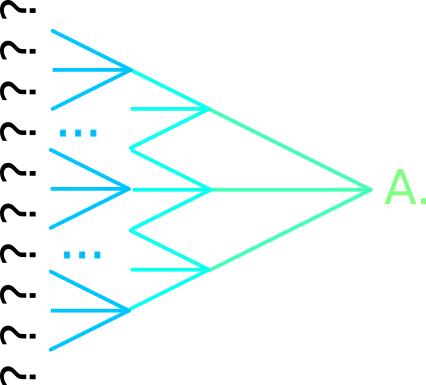
2. Questions are narrowed down from different angles
In this set-up, the previous format takes place n times at the same time. The discussions join at the final answer. The final answer is discussed by n2 rather than n people.
This is optimal for questions that have a clear breakdown trajectory but various perspectives are expected, depending on who is answering. Representative selection should be facile.

3. Questions are broken down
A single question is broken down into sub-queries. These sub-queries are further divided. This repeats until a single person can answer all sub-questions of to a broader query.
This format can help experts engage others in their thinking. More informed individuals should discuss questions earlier, while people relatively unfamiliar with the problematic engage in the latter rounds.
The number of sub-queries per question can vary. People can choose to refrain from participation at any point, if they consider the discussion too detailed their needs.
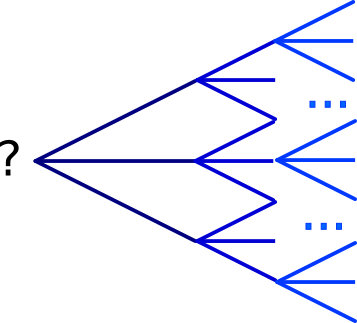
4. Questions are broken down in various ways
Similarly as the previous set-up, this one breaks down questions into increasingly further detail. Any broader query has multiple groups of sub-queries.
This format can be optimal for experts who seek to engage others to develop various perspectives on their question.
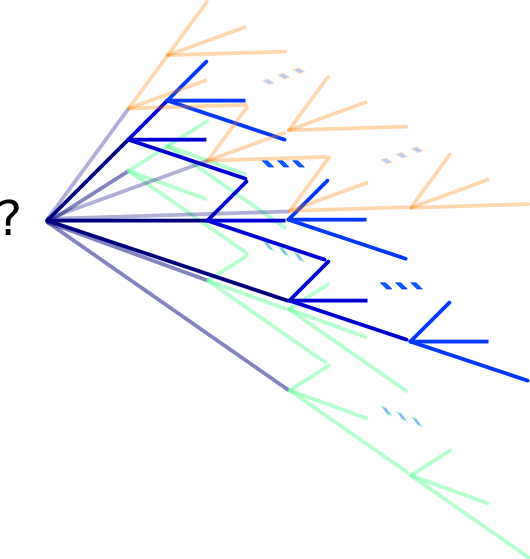
5. Break down and gather insights
Experts may be interested to engage a structure of people to break down their question and share with them the answer.
This format is optimal for queries with a more objective breakdown and answers since only one perspective on each question is considered.
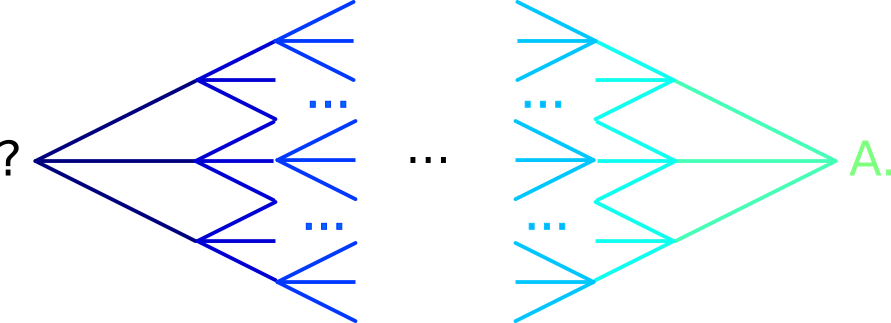
6. Break down in different ways and gather perspectives
The community can break down questions in different ways and narrow down answers. This develops and summarizes perspectives efficiently.
This format can be used for decisionmaking that engages subjective perspectives.
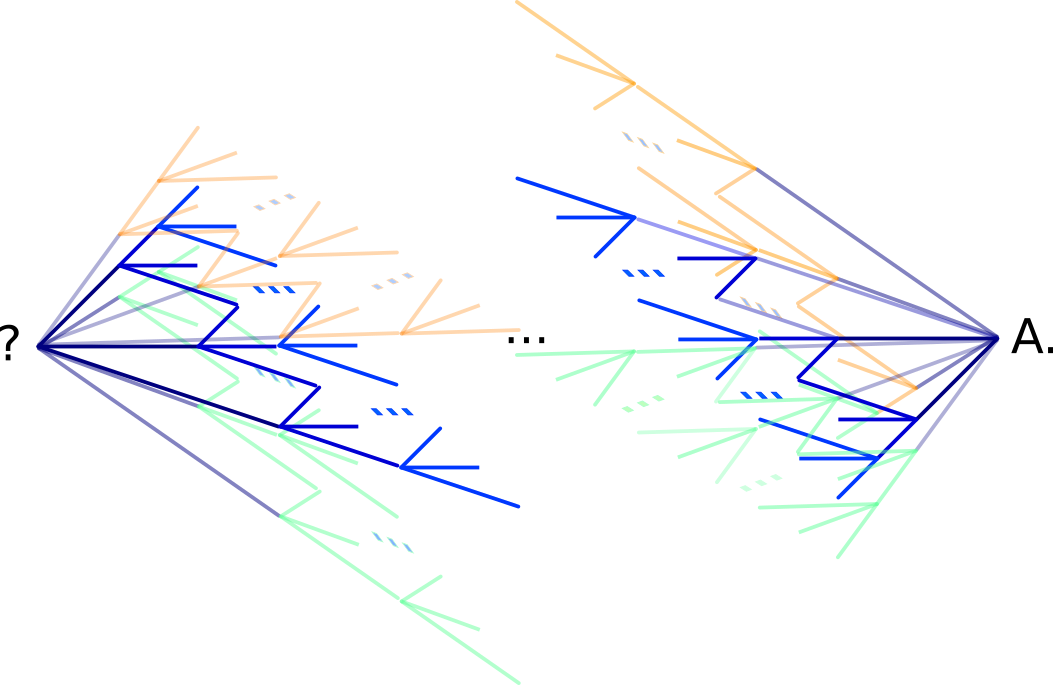
7. Deeper insights
Deeper insights has the same number of questions in each layer. The questions require an increasingly deeper understanding of the topic.
This format can be used by a group that seeks to collectively understand a relatively unfamiliar topic.

Conclusion
This post overviewed seven discussion formats that can assist the EA community in developing thoughts by breaking down and answering questions.
